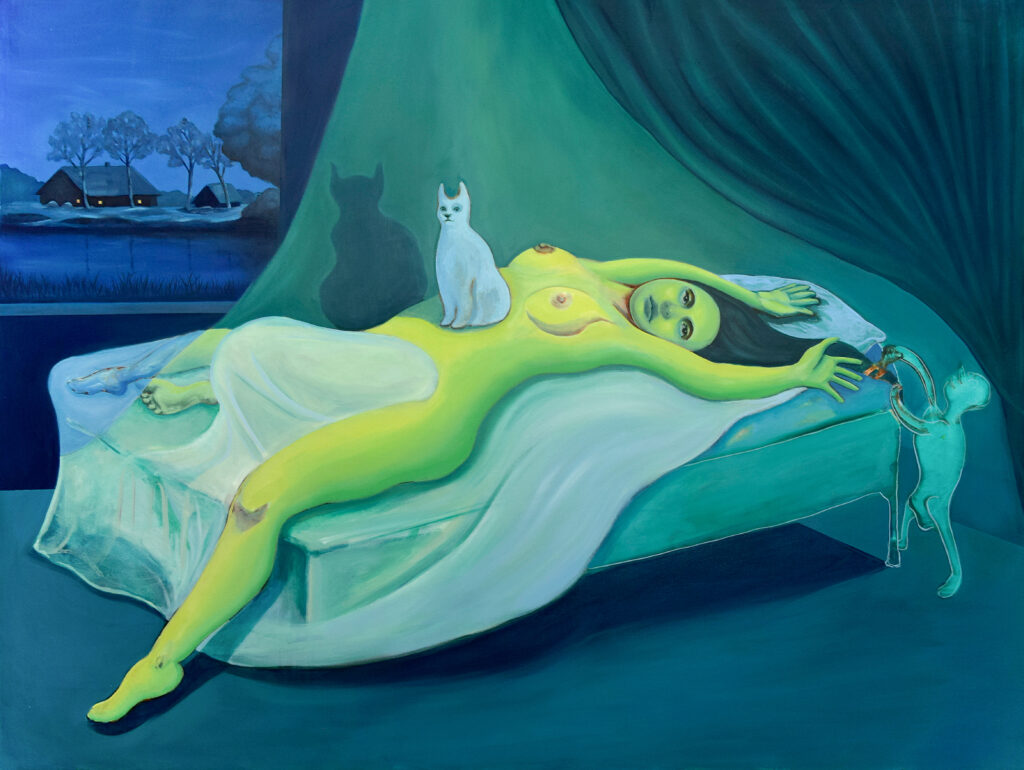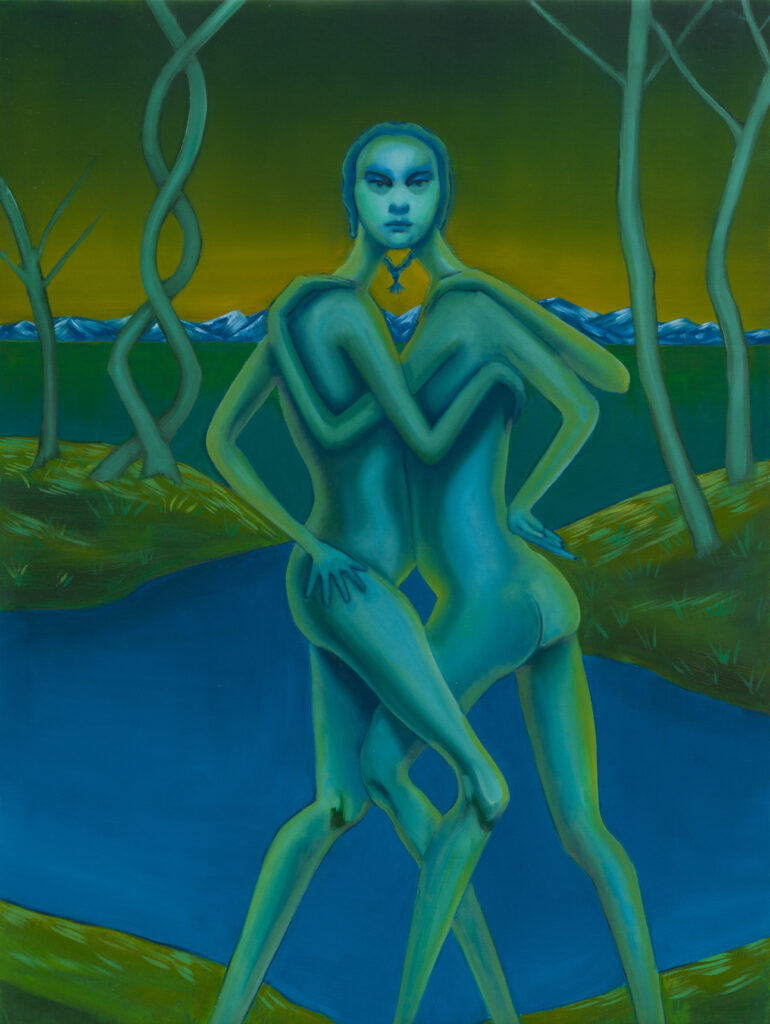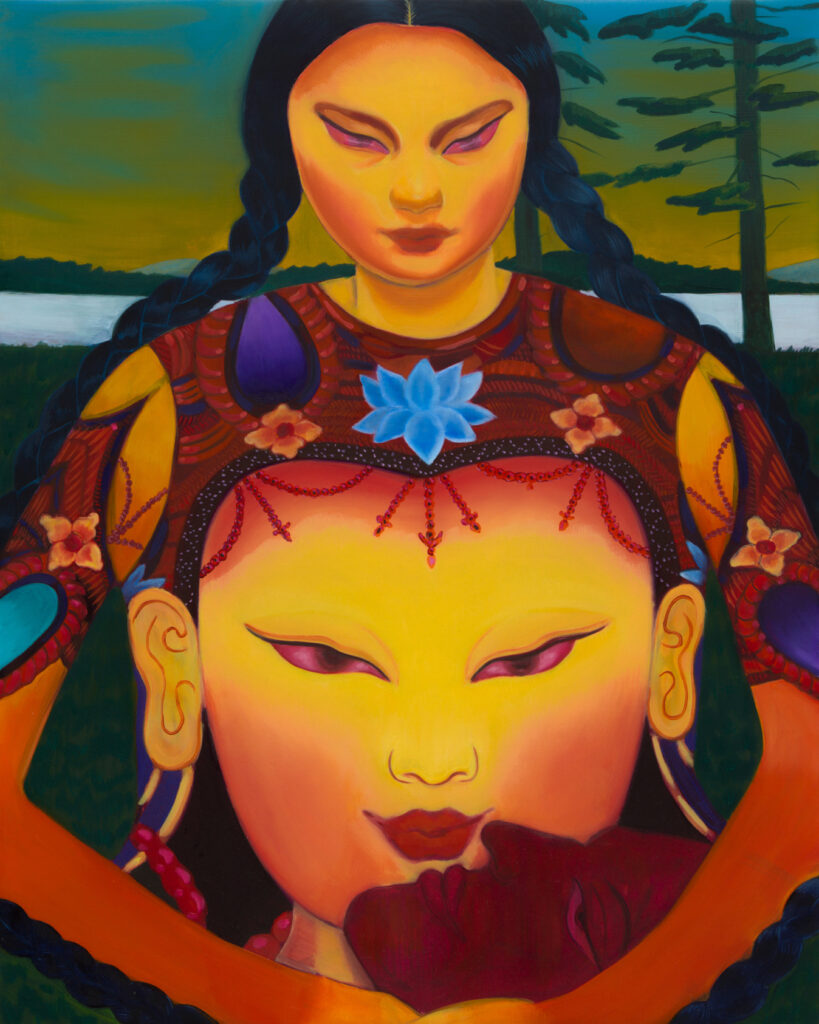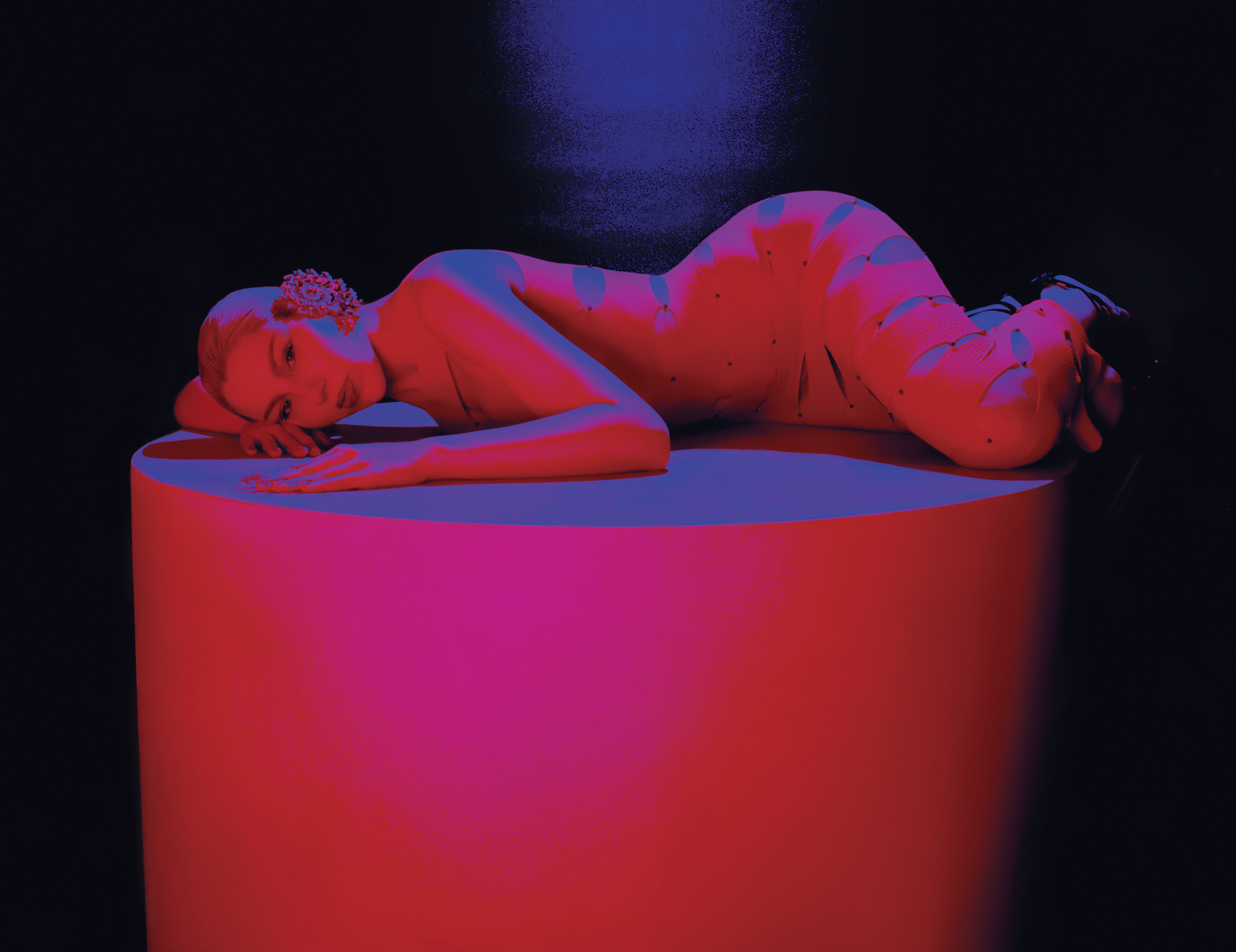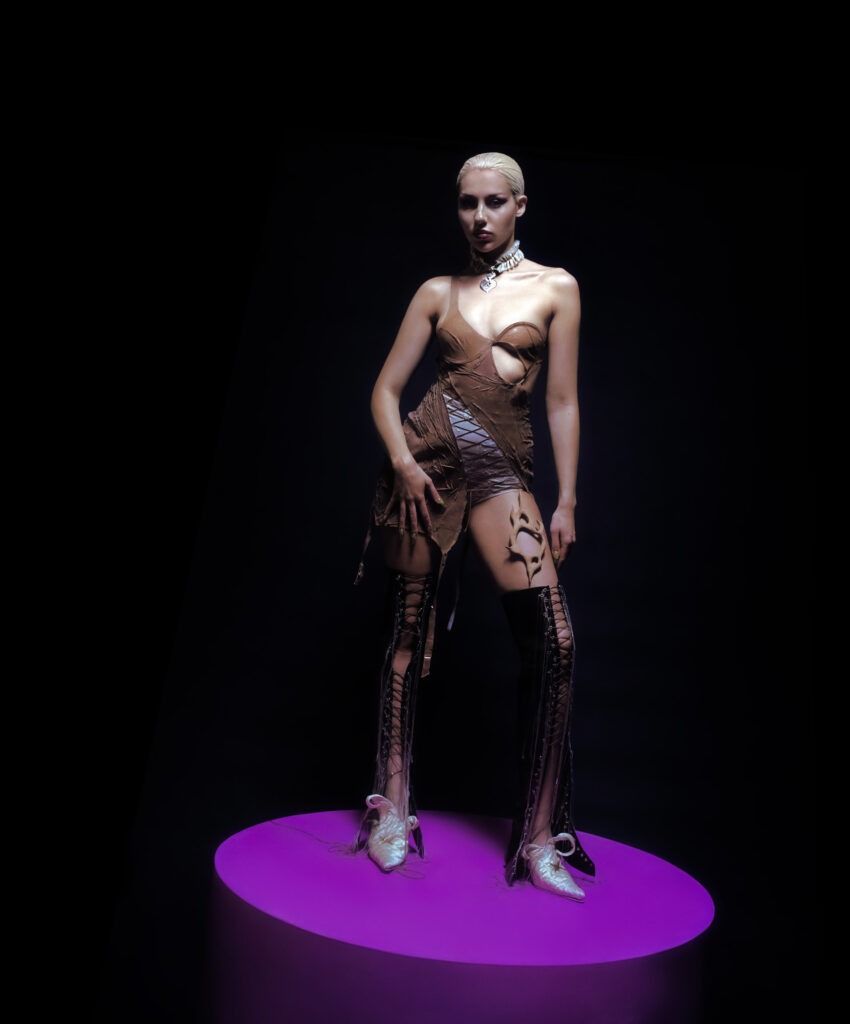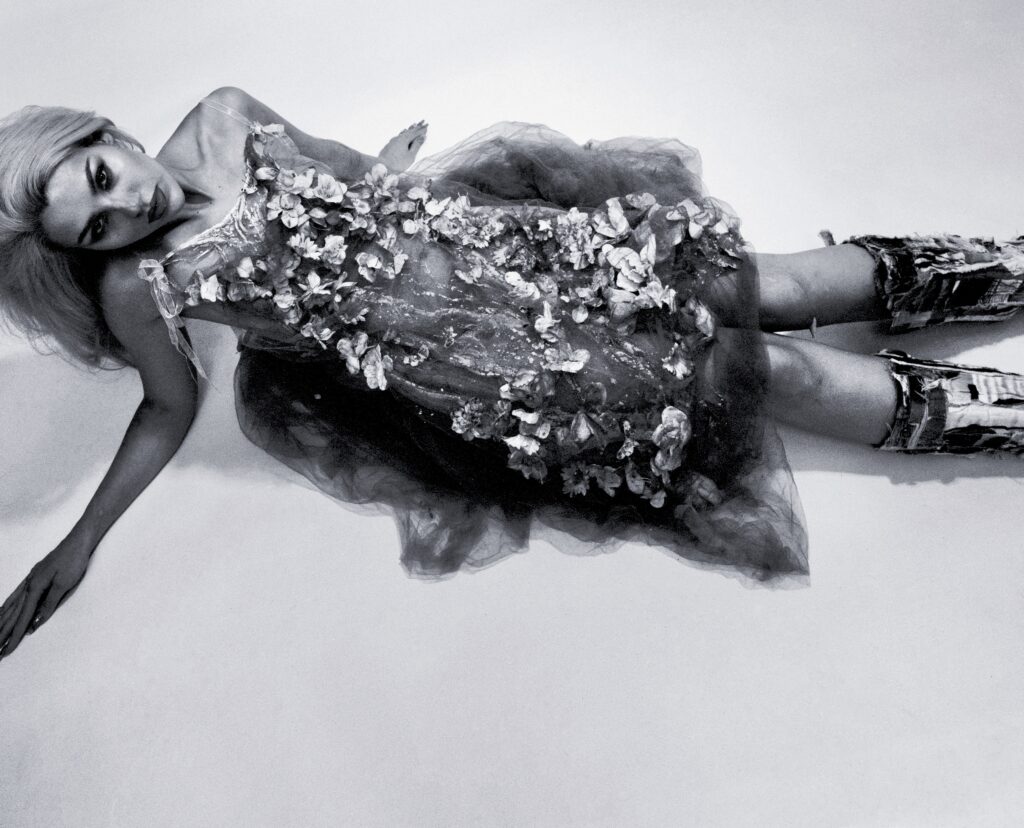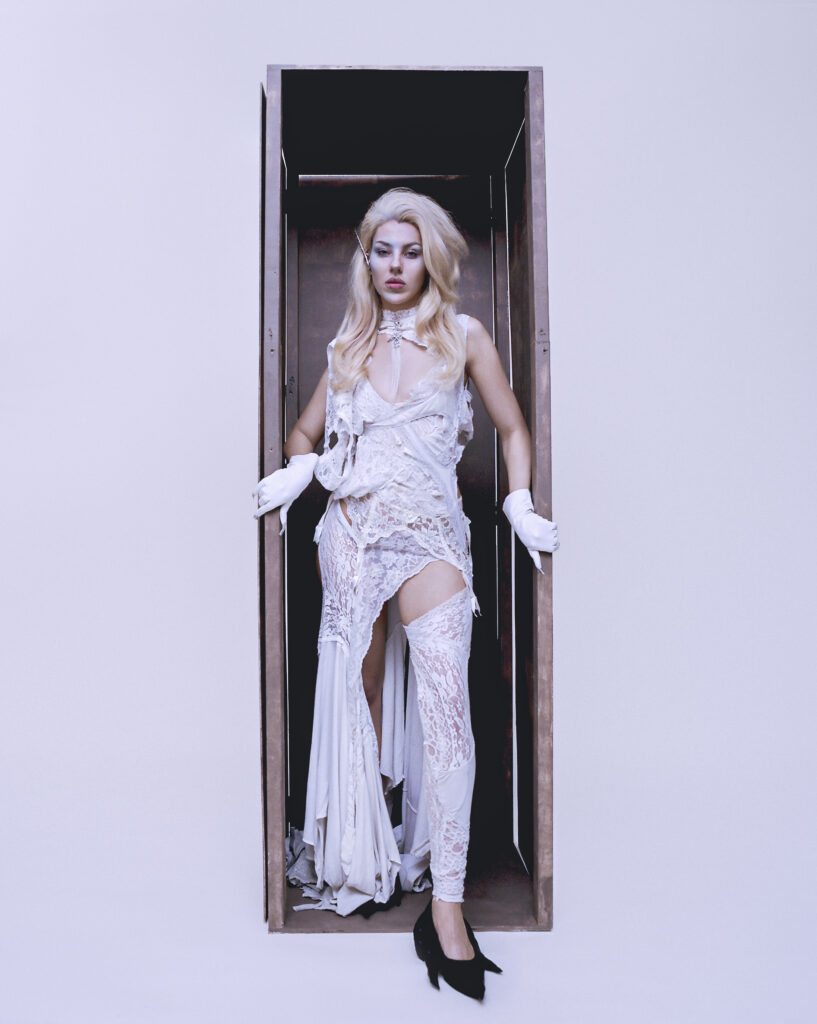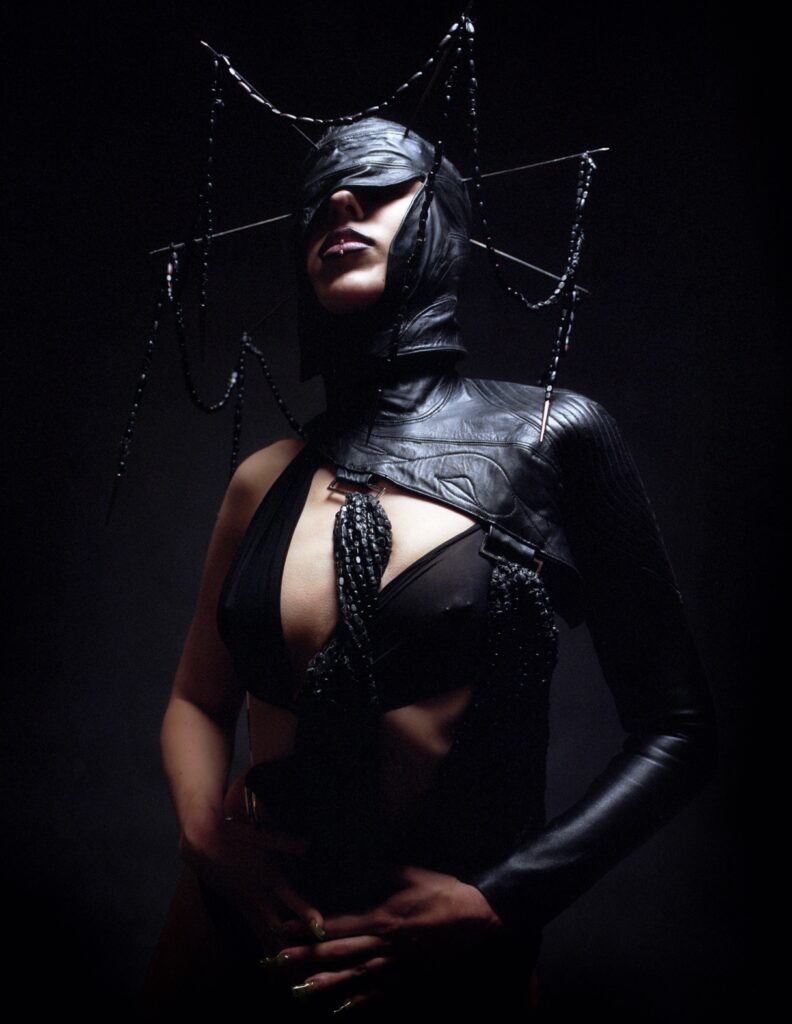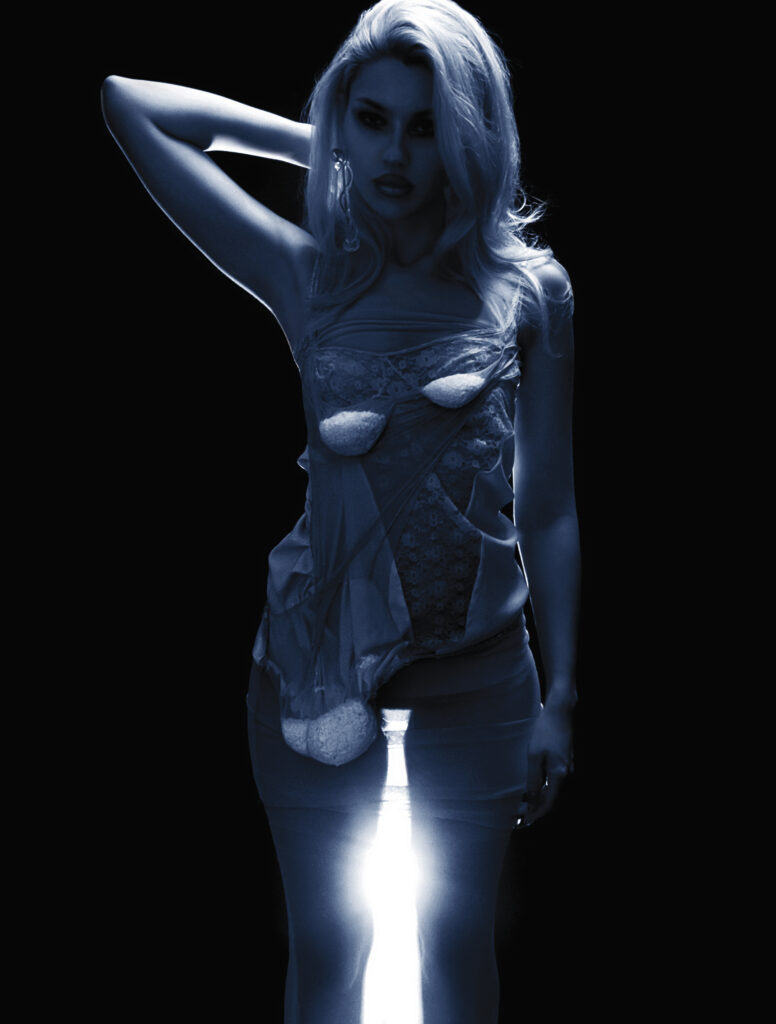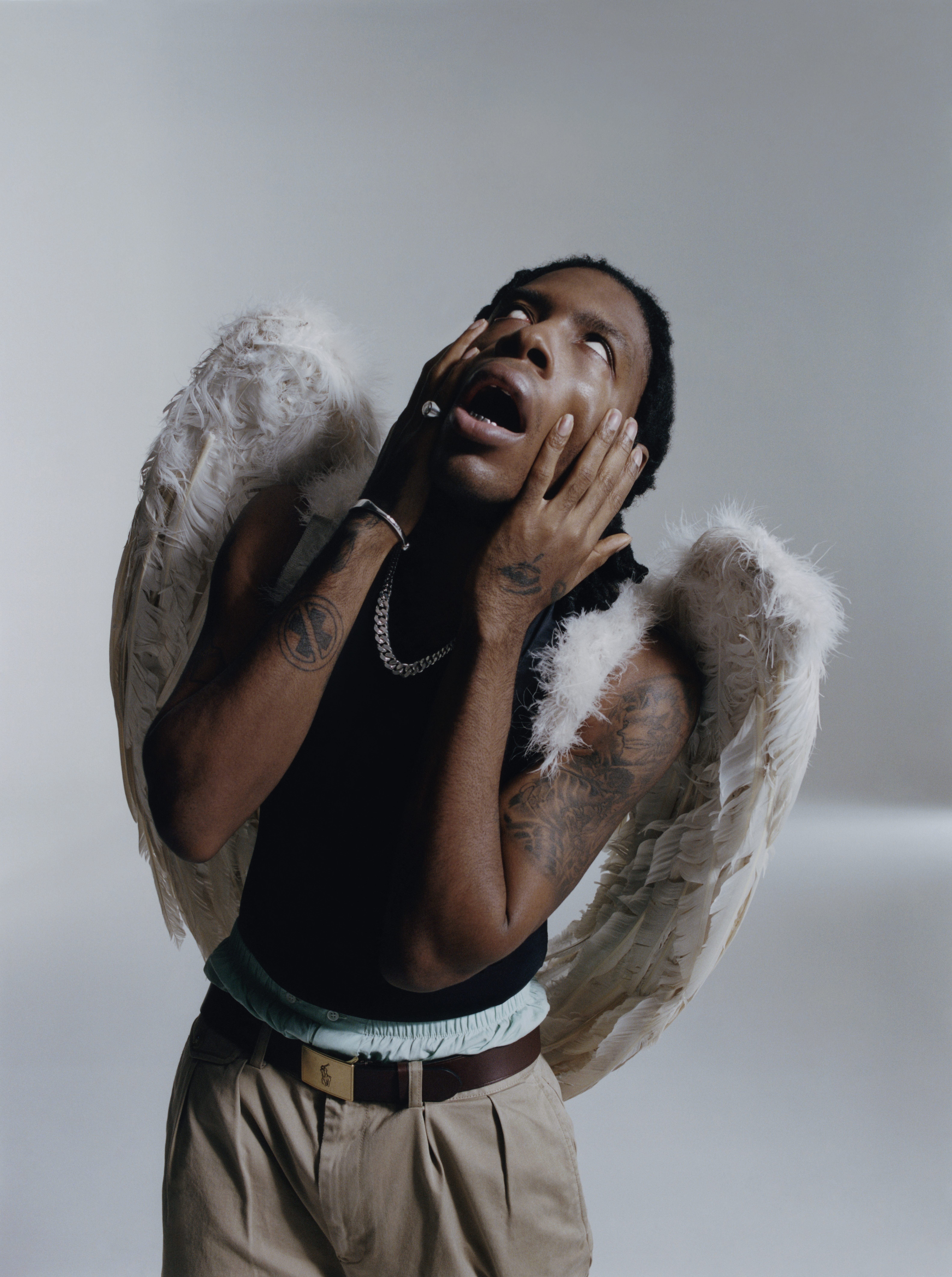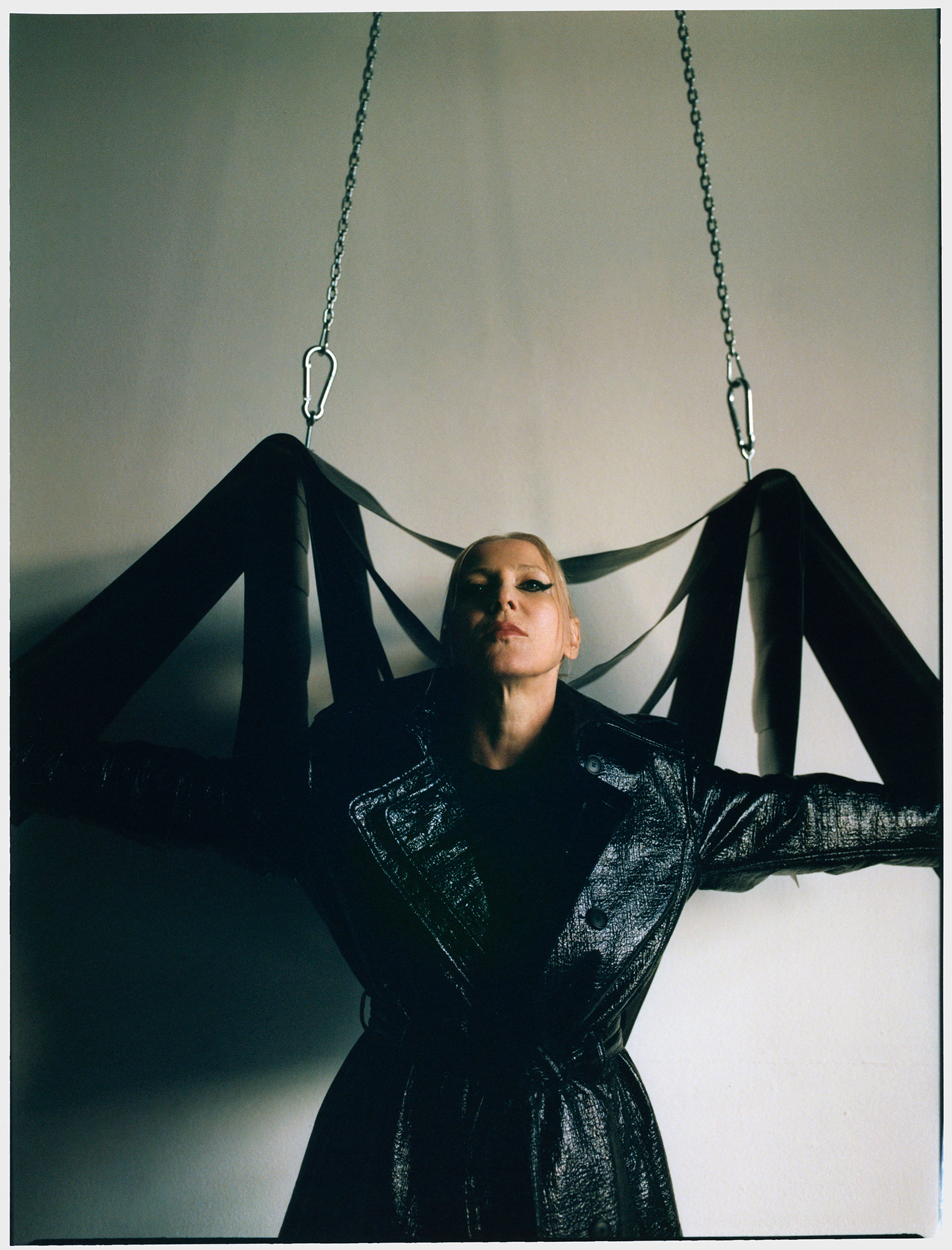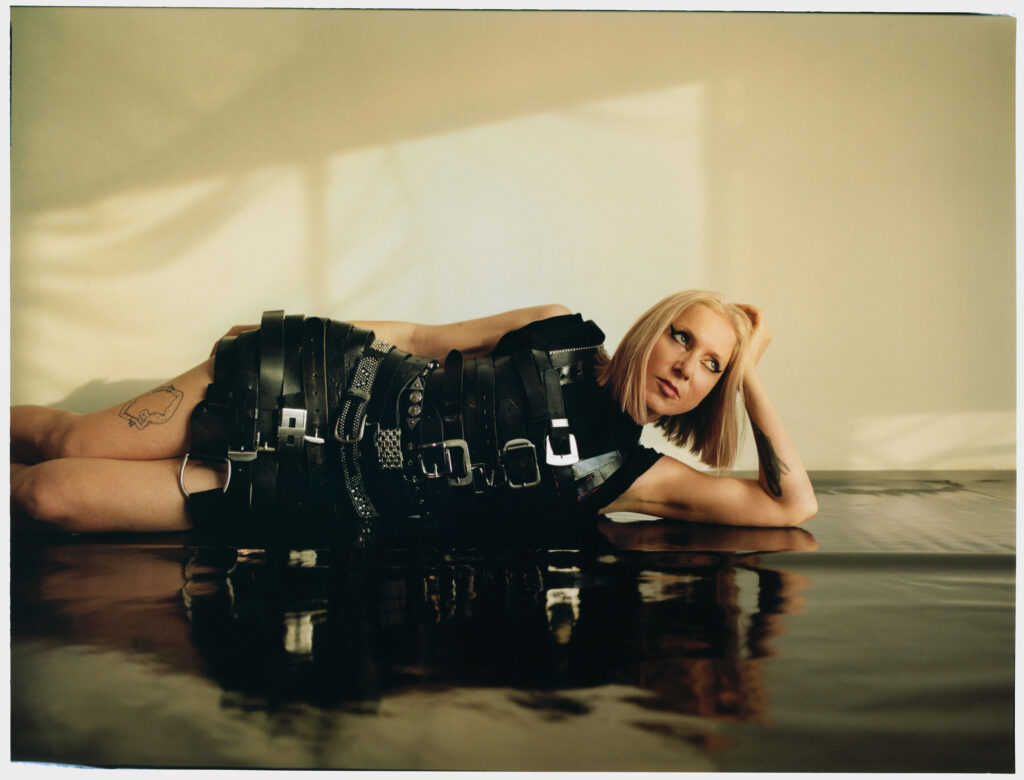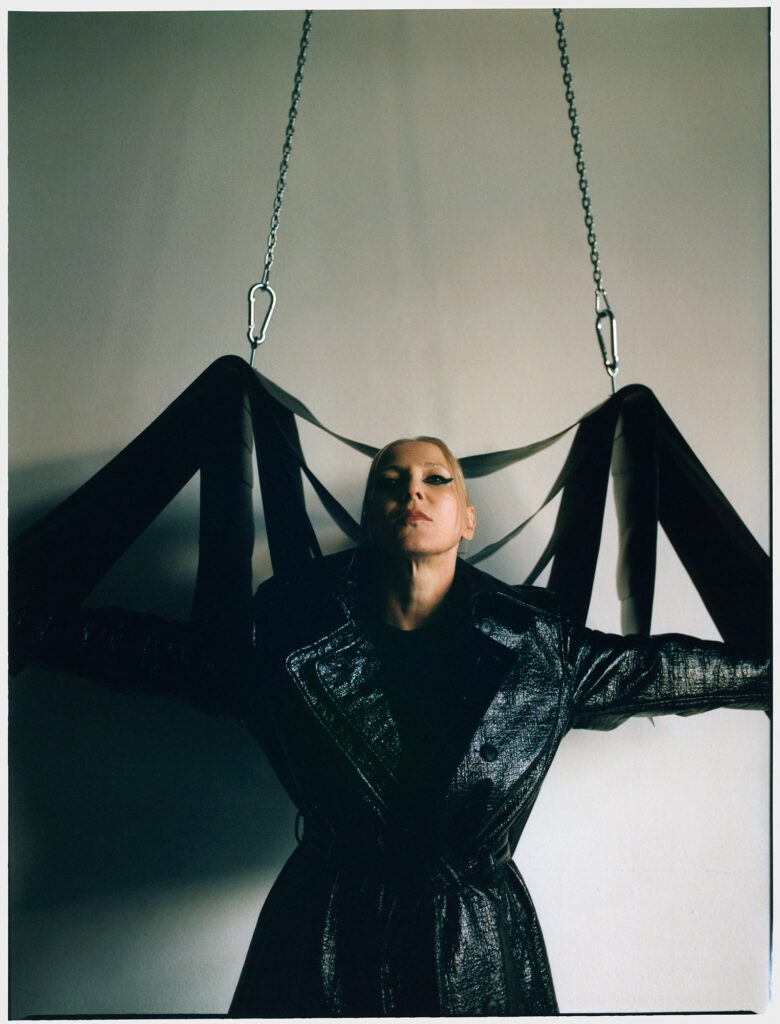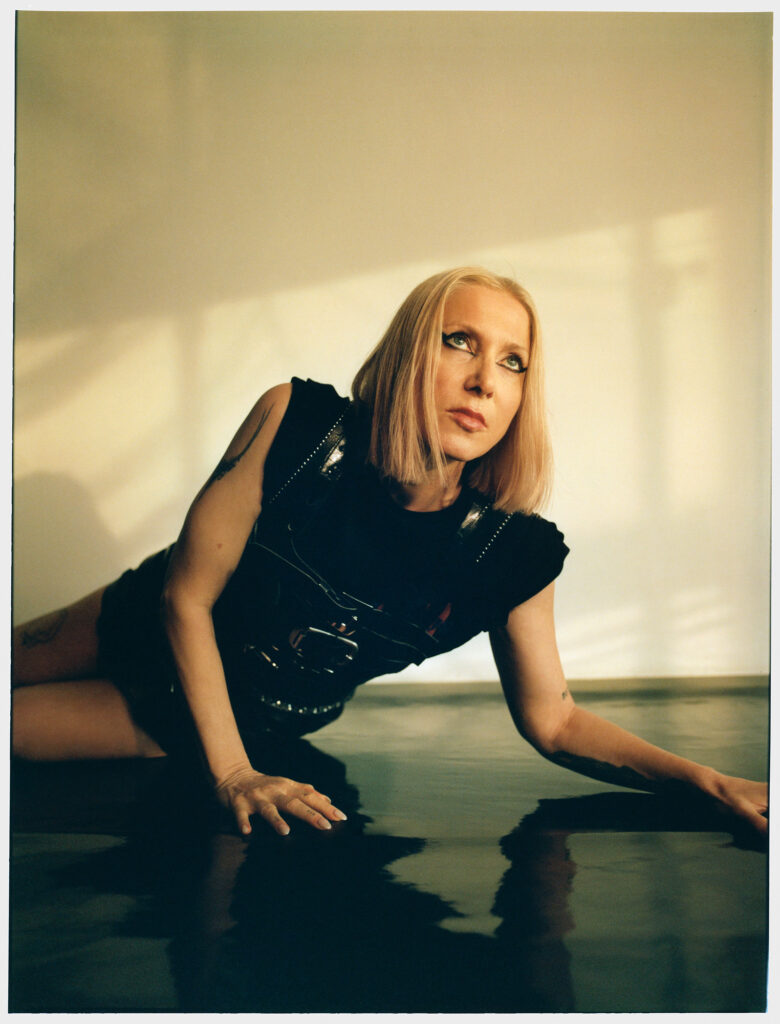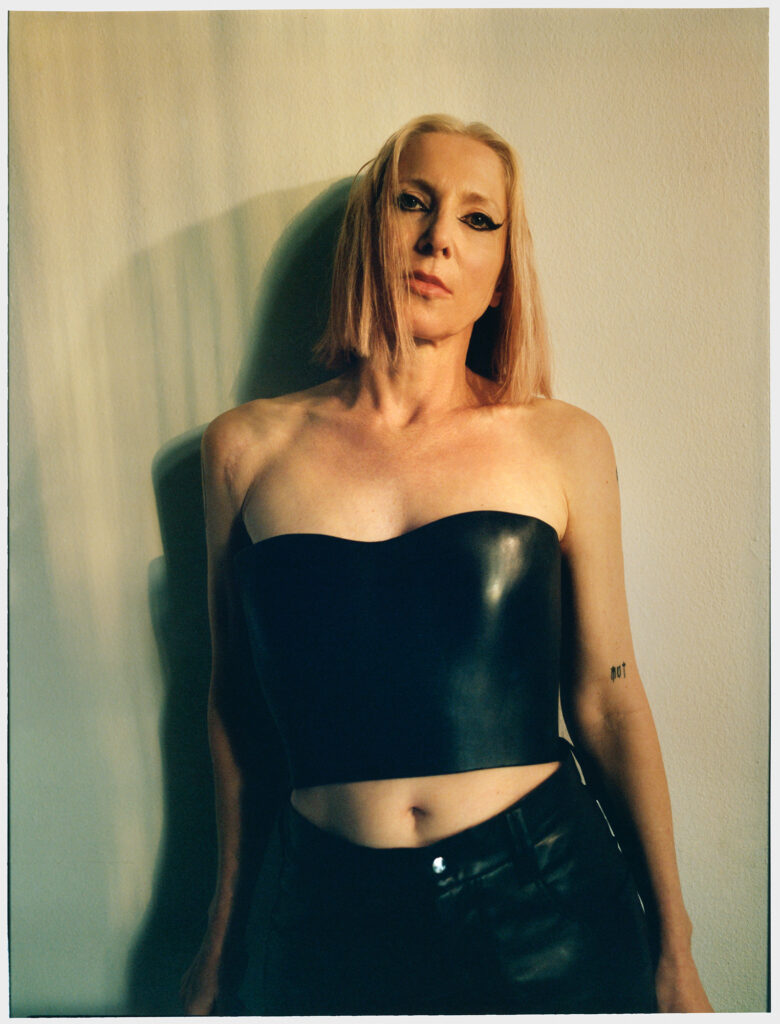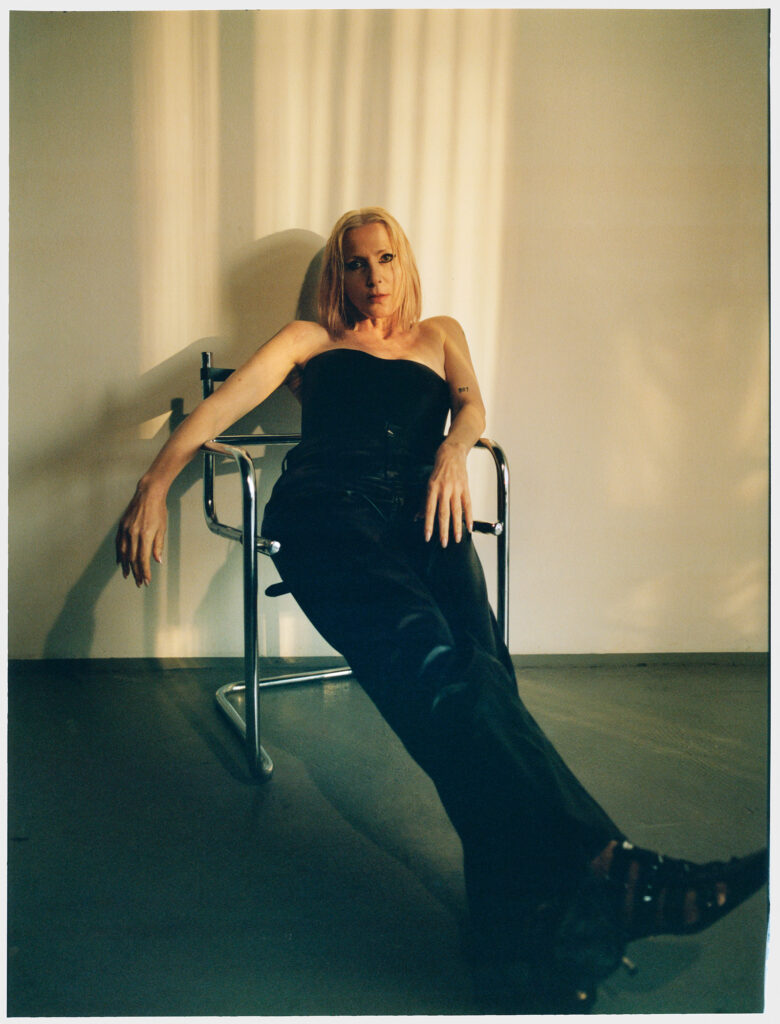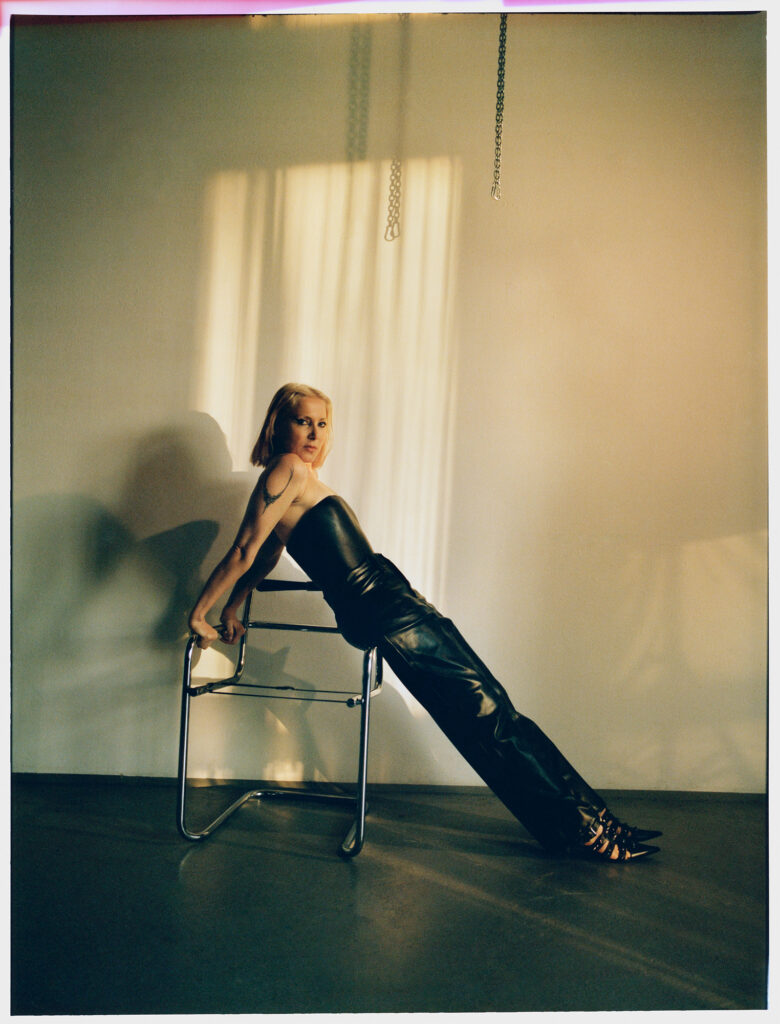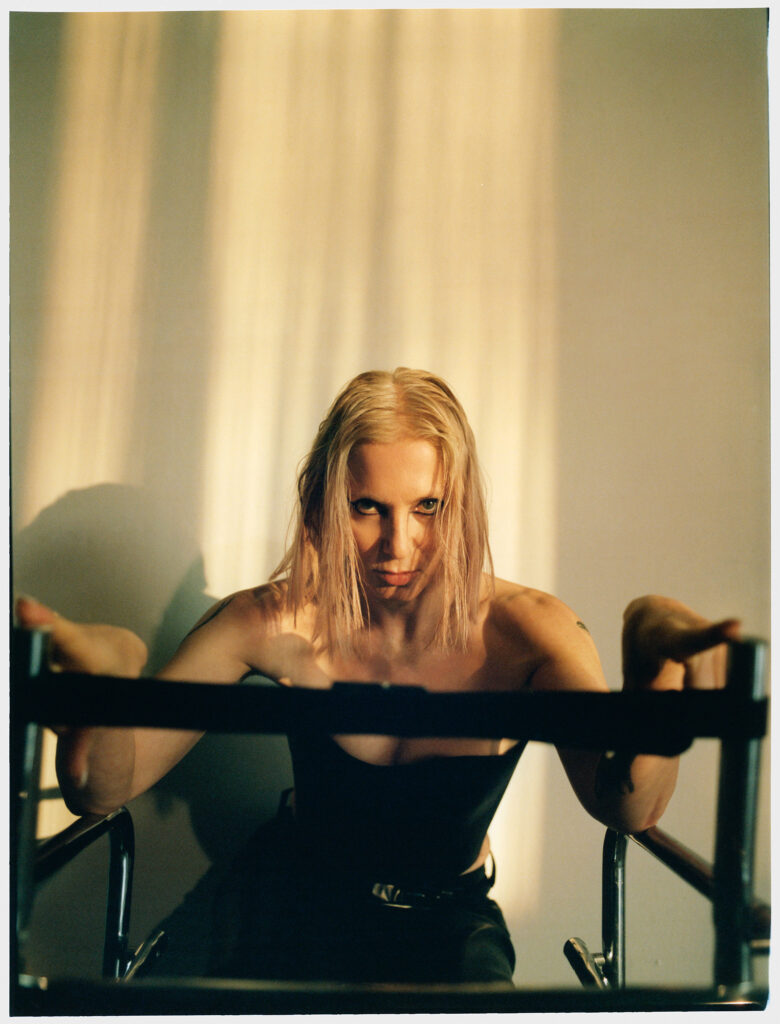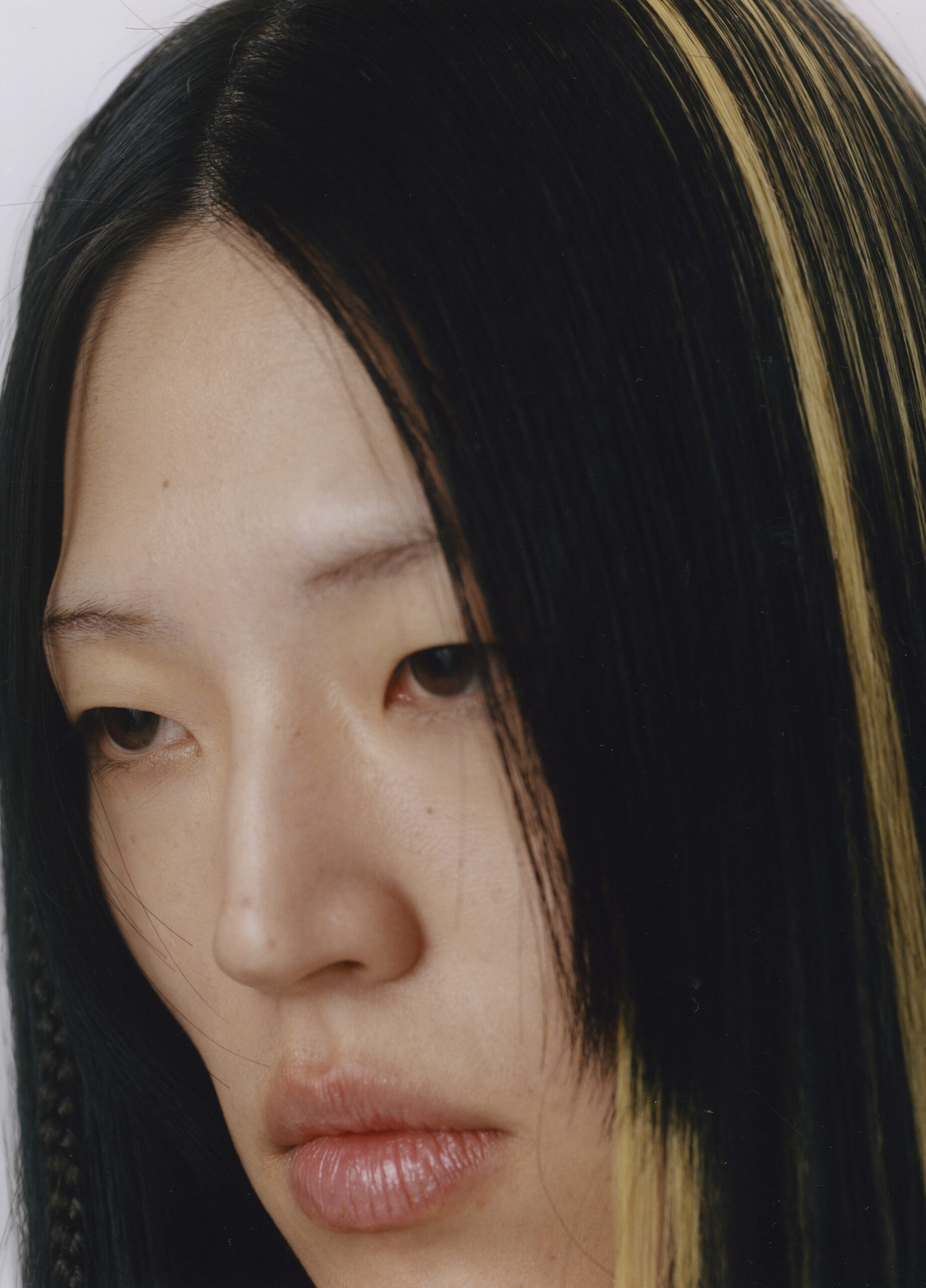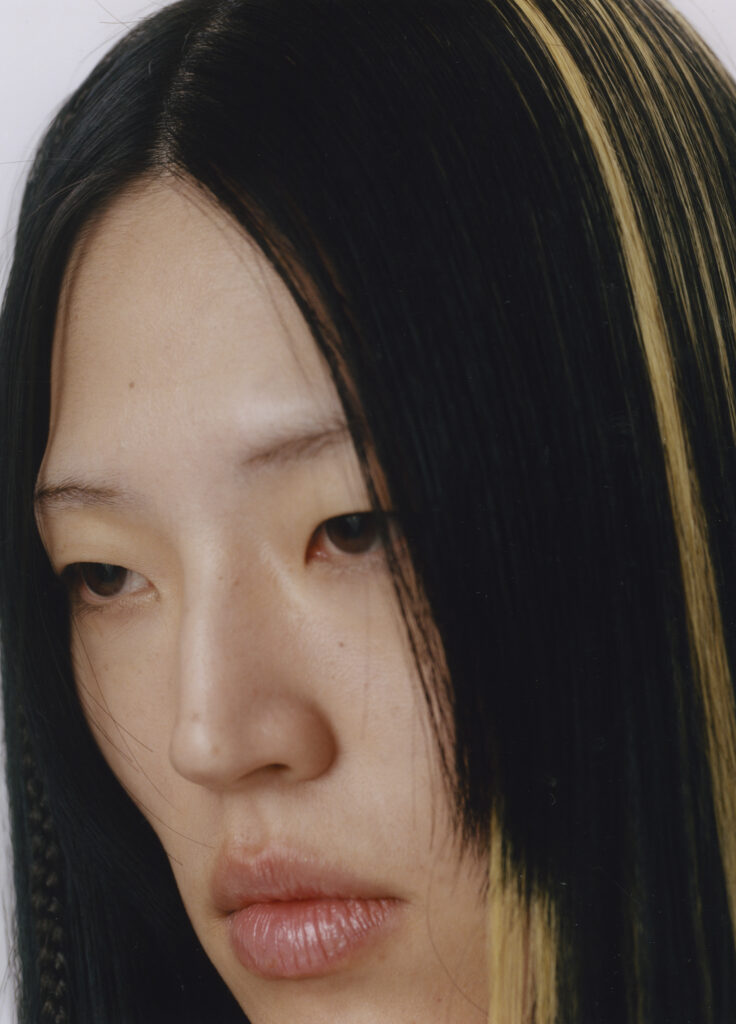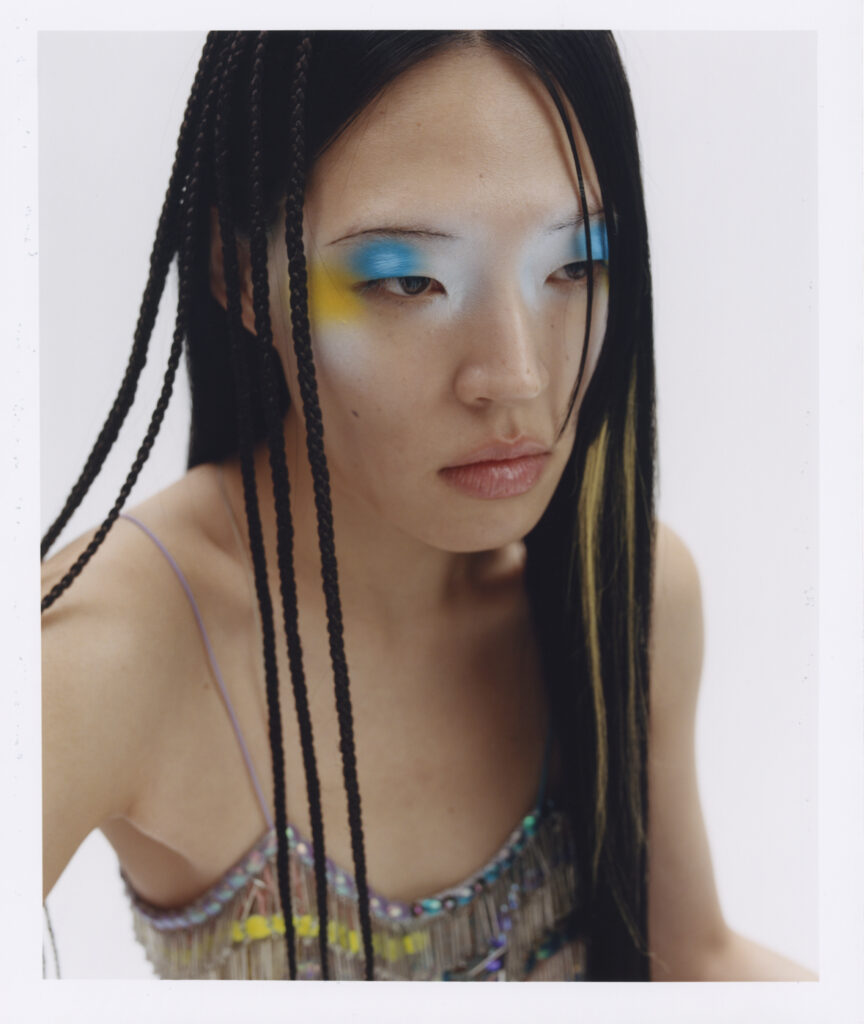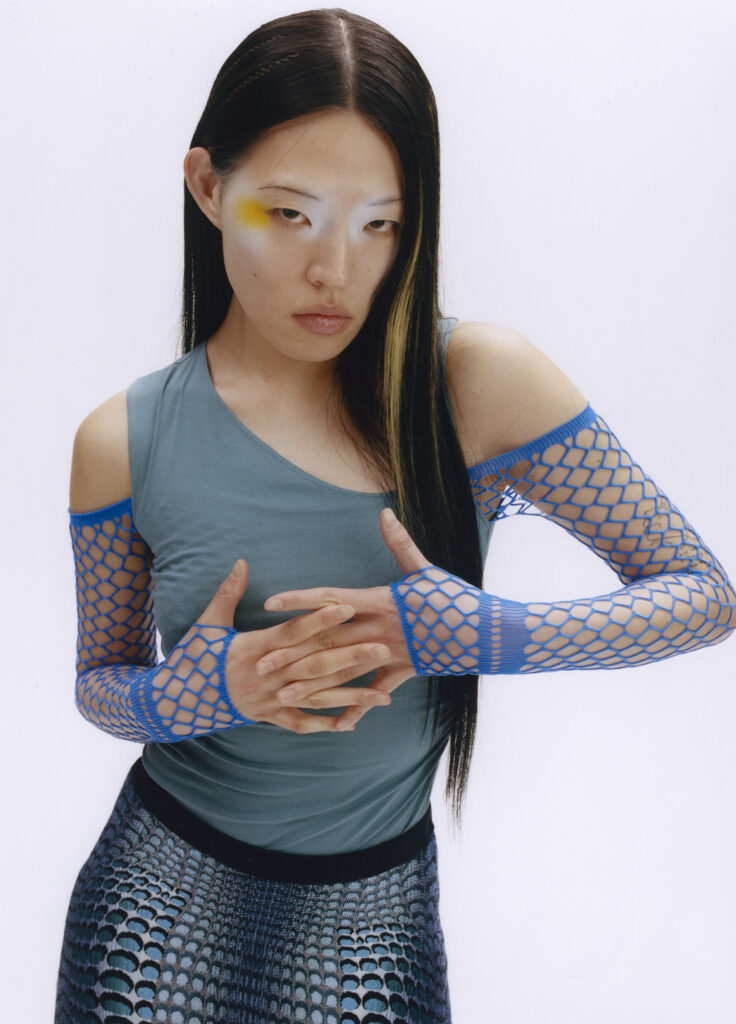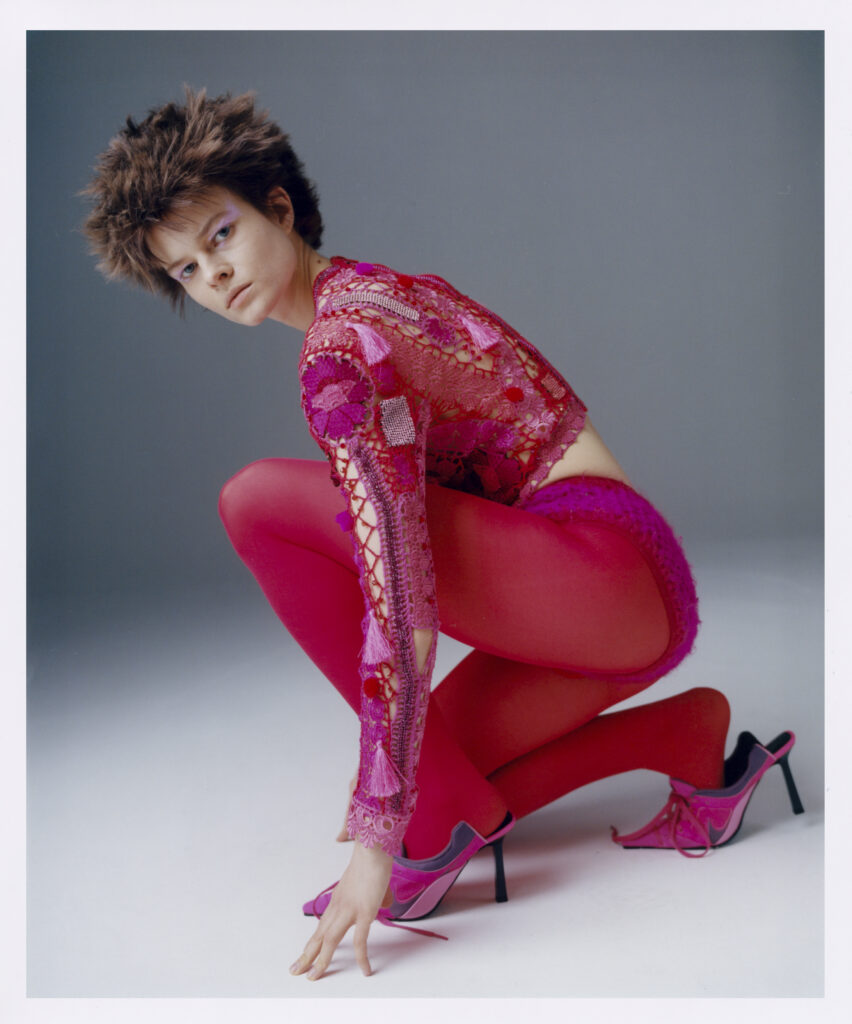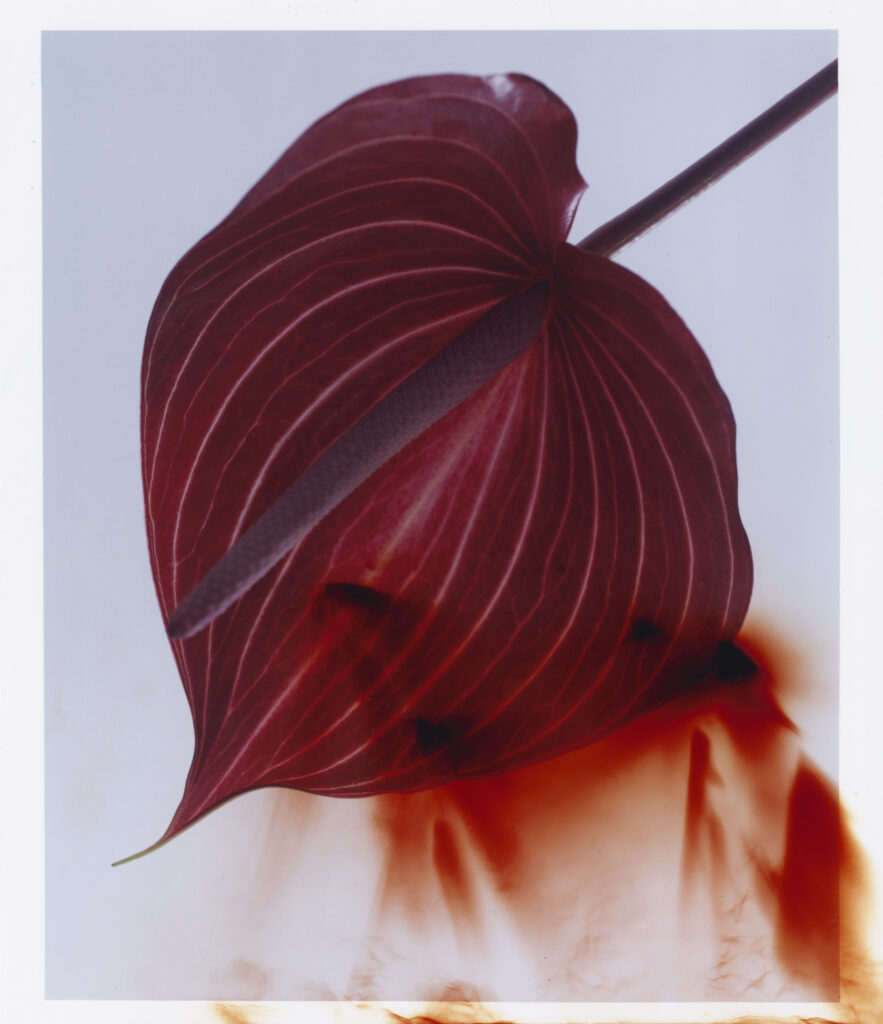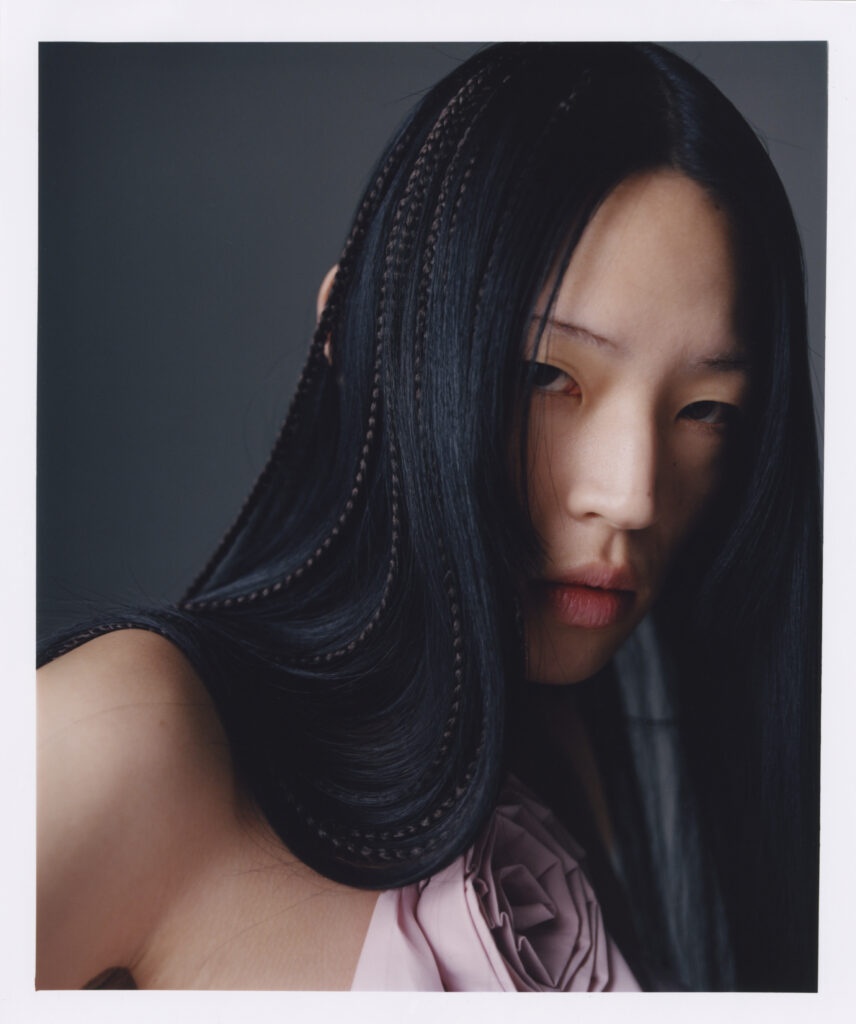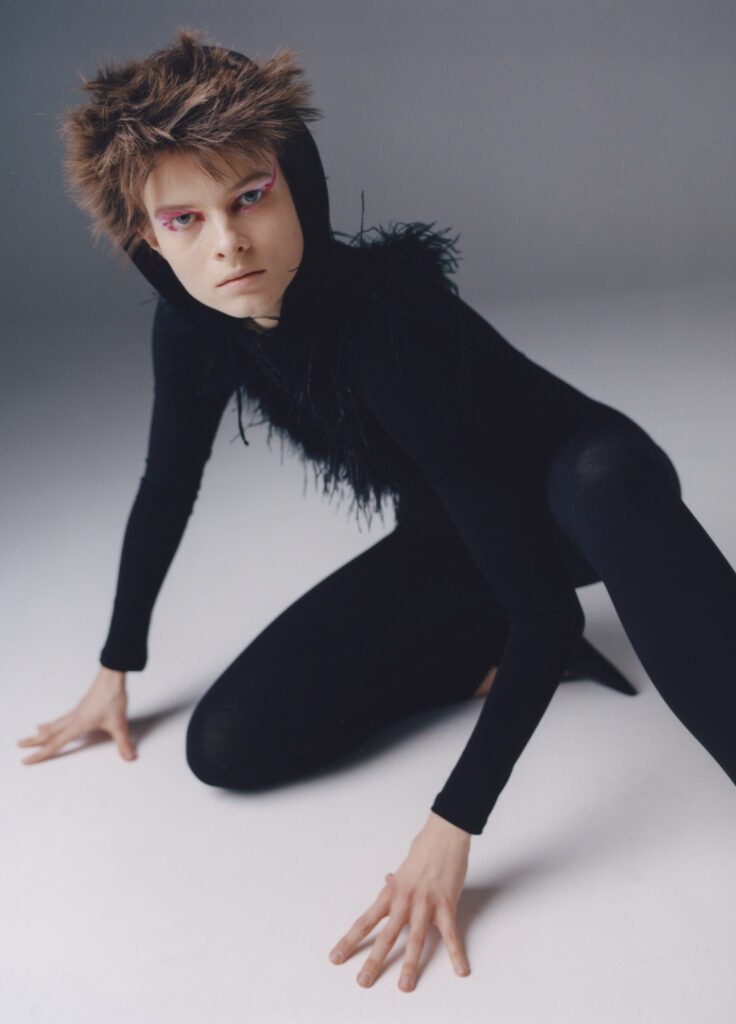When we think of European summers and the festivals that define each month, drenched in sunlight with the heat on our skin, one such festival that joins ranks beside the northern titans like Dekmantel and Glastonbury is Primavera Sound. Initially beginning its legacy in Barcelona in 2001 and now for the first time in Madrid, the festival has become a pioneer in the events space, becoming one of the largest and most-attended festivals in Europe. Boasting headliners such as The xx, Tame Impala, Kendrick Lamar and Patti Smith, but also spotlighting smaller, local artists, it’s a place where creatives big and small come together and revel in the Barcelona heat.
With a focus on gender equality and their role in the sustainability of the location, this year’s Primavera Madrid debut is an opportunity to reexamine their track record of eco-conscious achievements and active gender equality efforts. In this interview, I chat with festival curator Joan Pons about the music scenes of Spain, TikTok-era festival etiquette and the broader subjects of inclusivity and sustainability at Primavera.
Is there a specific moment in time or influence from the music or creative scene that inspired you to get into the curation game? Were you an experienced raver or partygoer all along, or rather somebody more behind the scenes?
Of course. We have always explained (almost taking on legendary dimensions) that the idea of the festival was born from four friends, who at the beginning of the century wanted to bring the alternative and electronic music artists of that time who were not touring in our country. We believe that this initial idea remains: we still consider ourselves music fans and we still want to bring our favourite artists of our present to our home. More than a raver, personally, I consider myself what I said before: a music fan who has been to many festivals, of very different music styles and each one of them is enjoyed in a different way. Some are for dancing, others for sitting and relaxing, others for a singalong, others to surprise you and others to provoke new sensations. I think Primavera Sound, in the end, is a festival where you can find all these kinds of possibilities. In other words, we have made the festival in our own image and likeness.
When considering the rave and music scenes, Madrid and Barcelona might not immediately spring to mind for many. What is it about these cities, specifically the Spanish and Catalan music scene, that might draw more people to these places to rave? Is there a stark difference between the two?
I would like to politely disagree with the apriorism from which this question arises: Barcelona and Madrid are two cities that, at least in this century, have been very important places on the map through which almost all relevant artists and tours have passed. Proof of this is our own history – if we did a festival, it was because there was demand from the public, artists and industry. Also, international interest – for years now, more than 50% of our audience has been from abroad, and 30% from the UK. So we understand that if you say Barcelona, for some people, the first thing that will come to mind will probably be the football team, but for music fans or those with cultural interests, it will probably be Primavera Sound. Obviously, this cultural vibrancy and musical life make cities a hotbed of club scenes, concert halls, music scenes and important artists. Some of them were maybe born around the festival, performing their first steps and finally being headliners, like this year’s Rosalía.
You’ll often see on platforms like TikTok the discussion of festival etiquette, and that many partygoers have ‘forgotten’ how to behave or act respectfully during concerts and events. This was most likely borne out of the Covid lockdown, with a lot of Gen-Z’ers experiencing their first nights out and festivals without the ‘practice’ of partying in their later teens. With Primavera focusing on sustainability and inclusion at its core, how does the festival foster the environment of making people feel free to experience the music in their own way, while also recognising the need for respect and care of the artists and organisers?
The Primavera Sound public is very abundant and diverse, and there will be both aware and escapist people – you can’t tell. What we can say is that the festival is aware and doesn’t want to be a bubble detached from reality, and if some of our gestures, decisions and actions in this sense can help the public that attends the festival to be so too, then that’s perfect. We have done visibility actions and we’ve been involved with both Open Arms and Greenpeace. We also believe that by moving forward on the path of sustainability we are raising awareness among our public (such as the reusable cups, with the almost total elimination of plastics), with tarpaulins explaining the UN programme of 17 sustainable development goals, of which we have been part of since 2019, because the organisation itself made us aware that we were complying with many of them. There are also pioneering initiatives such as Nobody’s Normal, which was born as a protocol to prevent, inform and act in the face of sexual aggression and is now a plan for the promotion of sexual and gender freedom.
Finally, there are our identity decisions, which may seem artistic, and also speak of the reality surrounding us with an inspiring and transforming spirit: the parity poster, increasingly inclusive and diverse because reality is also increasingly inclusive and diverse, not by chance. We believe it is a duty to our time and our reality, and this is what our assistants have told us with very positive feedback that we did not expect after the first year of implementation. They said that they were finally at a festival where they felt free, safe and comfortable to show their sexual identity. So in the end, maybe we do have an aware public.
Primavera boasts a 50/50 gender and pronoun lineup from 2019. With the fact that many bigger industry names feature in Primavera each year, how do curators ensure that smaller artists, some of whom might be LGBTQ+ or gender non-binary, also get the spotlight, as well as financial support? What is the process for research there?
We believe that there is no small print at Primavera Sound and that every name on the line-up matters. If it’s at Primavera, it’s because we love his/her/their music, that’s for starters. Each artist fulfills their function, whether in terms of artistic balance or diversity. The truth is that there is not much mystery in creating an inclusive and gender-balanced line-up, you just have to want to do it – once you have that in mind, it almost works itself out. We also feel that the smaller names actually get the same exposure as the big names because the line-up comes out with all the artists at the same time. They share the spotlight with each other. Also, we create individual assets for each and every one of them and promote all of them equally. It would be disrespectful if that weren’t the case.
I would like to think that this year we have made progress in the gender-balanced lineup, because it’s no longer 50%, and we have taken into account 10-20% of artists who do not identify with a binary separation of gender. We believe that percentage will get higher and higher because, in reality, it will also be higher and higher. If in some way we manage to make this aspect visible through our artistic programming, we can only be proud.
The festivals obviously draw thousands of partygoers each year. In cities like Madrid, where there are issues with heavy tourist flows and the pollution and impact on the local residents that come with it, how does Primavera ensure that the residents of Madrid are not negatively impacted by this large presence of festival-goers?
We believe that our impact on any city that hosts Primavera Sound does not have to be assumed to be negative. In fact, in economic terms, it is highly positive for many sectors (public transport, restaurants, hotels, museums and leisure). In more intangible terms, it brings a cultural value to the life of the city, which during the days of the festival becomes more vibrant and with the eyes of the whole world on it.
On the other hand, we don’t believe, based on our studies and attendance data, that Primavera Sound festival-goers are an annoying type of visitor to the city. In fact, when we talk about it with the institutions of each city, we tend to consider them as cultural tourism.
Primavera has renewed its partnership with the UN Sustainable Development Goals Campaign. With pledges like gender equality and education on the docket, does this alliance inspire Primavera to become a leader in this sustainability and inclusion space – what are you hoping to inspire with this alliance? Do you see yourself as an example in the festival scene?
We like to think that if we are really so insistent on the issue of inclusion and gender equality, it is because Primavera Sound is such a popular festival with so much media attention that we believe in and defend this policy. With this, it can be inspiring for others and ultimately transformative. Whether it really is, I can’t say. But it definitely would NOT be if we didn’t do it. About sustainability – although we received the A Greener Festival award, we know that it is a long road, a process which we will improve little by little. So, if we are an example to anyone, it is to ourselves: each year’s progress should be a benchmark to be beaten in the next edition.
Credits
More info · Primavera Sound Festival Madrid
Special thanks to Chris Cuff (Good Machine PR), Joan Pons and Henry Turner (Good Machine PR)
